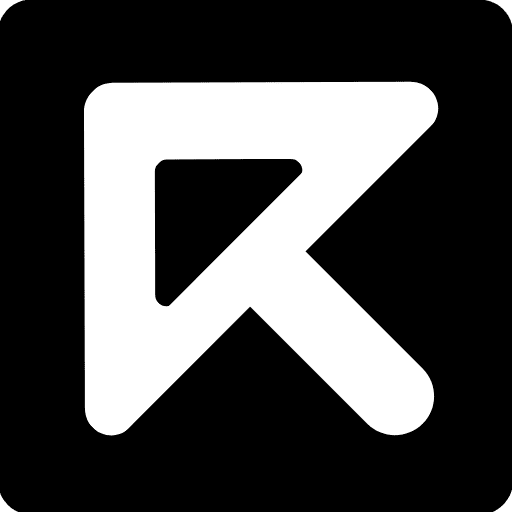|
Nowadays we are witnessing the formation of a massive Internet-of-Things (IoT) ecosystem that integrates a variety of wireless-enabled devices ranging from smartphones, wearables, and virtual reality facilities to sensors, drones and connected vehicles. As IoT is penetrating every aspect of people’s life, work and entertainment, an increasing number of IoT devices and the emerging IoT applications are driving an exponential growth in wireless traffic in the foreseeable future. As a result, current IoT system architectures are facing significant challenges to handle millions of devices; thousands of servers; and the transmission and processing of large volume of data, etc. The growing diversity of IoT serveries and complexity of mobile network architectures has made monitoring and managing a multitude of IoT elements extremely difficult. Meanwhile, Deep Reinforcement Learning (DRL) techniques have been seen as a promising approach for building such complex IoT systems and to innovate at a rapid pace. Over the last few years, DRL has achieved remarkable success in different areas including games, robotics, Natural Language Processing (NLP), healthcare, etc. Researchers in IoT areas also began to recognize the power and importance of DRL and have been exploring different DRL techniques to solve problems specific to the emerging IoT systems. Researchers have explored the inherent power of fusion between DRL technologies and IoT systems in both industrial and academic field. DRL algorithms can provide effective and smart solutions for sequential decision-making, optimization and control problems, dealing with incomplete or inconsistent information related to IoT. This special issue aims to foster the dissemination of high-quality research with emerging ideas, approaches, theories and practice to resolve the challenging issues related to DRL in IoT domain. Specially, the special issue is focused on emphasizing the significance of DRL in modelling, identification, optimization, and control of future IoT systems.
Topics include, but are not limited to the following:
- Deep Reinforcement Learning driven energy-efficient networks and services in IoT
- Deep Reinforcement Learning for Quality-of-Experience Management in IoT
- Hybrid Deep Reinforcement Learning Models and Applications for IoT in Industrial applications
- Deep Reinforcement Learning based data analytics and decision automation in IoT
- Deep Reinforcement Learning architecture/algorithms for large-scale IoT systems
- Deep Neural Network modeling, analysis and synthesis techniques in IoT
- Deep Reinforcement Learning for IoT and sensor research: energy, routing, prediction
- Deep Reinforcement Learning for IoT security and privacy
- Deep Reinforcement Learning testbed and experiment experiences in IoT systems
- Deep Reinforcement Learning for IoT enabled healthcare and transportation systems
Submission:
All original manuscripts or revisions to the IEEE IoT Journal must be submitted electronically through IEEE
Manuscript Central, http://mc.manuscriptcentral.com/iot. Author guidelines and submission information can be found at http://ieee-iotj.org/.
Important Dates:
Submission Deadline: October 1, 2019
First Review Due: December 15, 2019
Revision Due: February 1, 2020
Acceptance Notification: March 1, 2020
Final Manuscript Due: March 15, 2020
Publication Date: 2020
Guest Editors:
Jia Hu, University of Exeter, UK
Peng Liu, Hangzhou Dianzi University, China
Hong Liu, East China Normal University, China
Obinna Anya, Google, USA
Yan Zhang, University of Oslo, Norway
|


